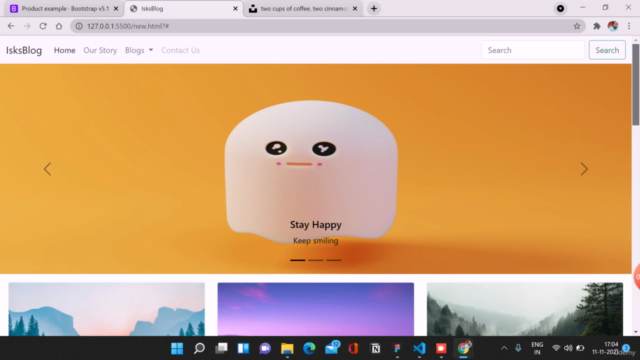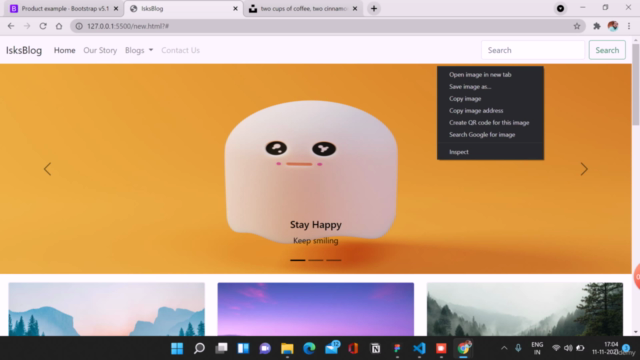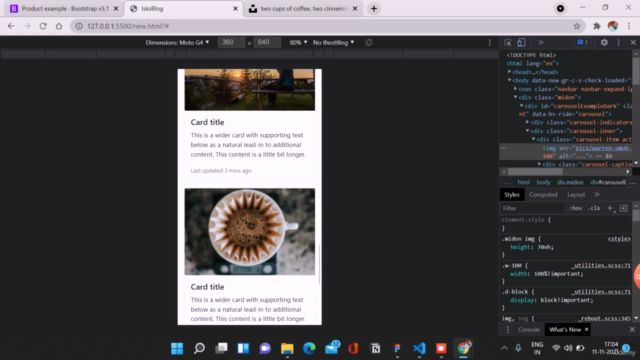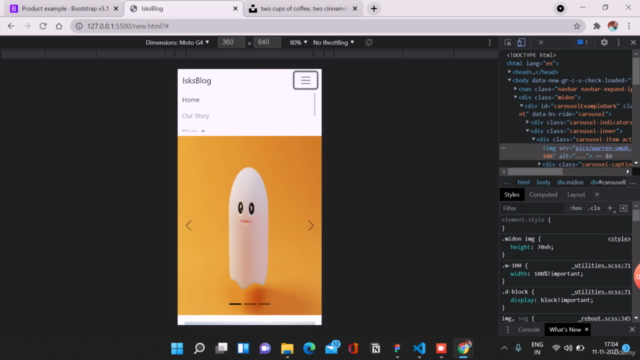Responsive Web Design using Bootstrap
Learn how to make responsive web design with bootstrap in less than 2 hours
3.99 (65 reviews)

2,265
students
42 mins
content
Nov 2021
last update
FREE
regular price
What you will learn
Responsive web design
Bootstrap
Designing
Web development
Screenshots




Related Topics
4392980
udemy ID
11/11/2021
course created date
11/14/2021
course indexed date
Bot
course submited by